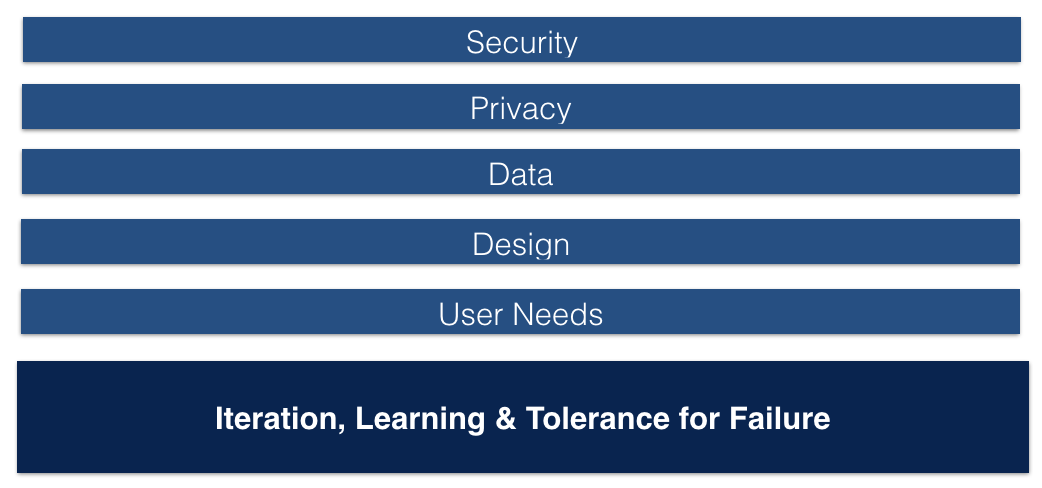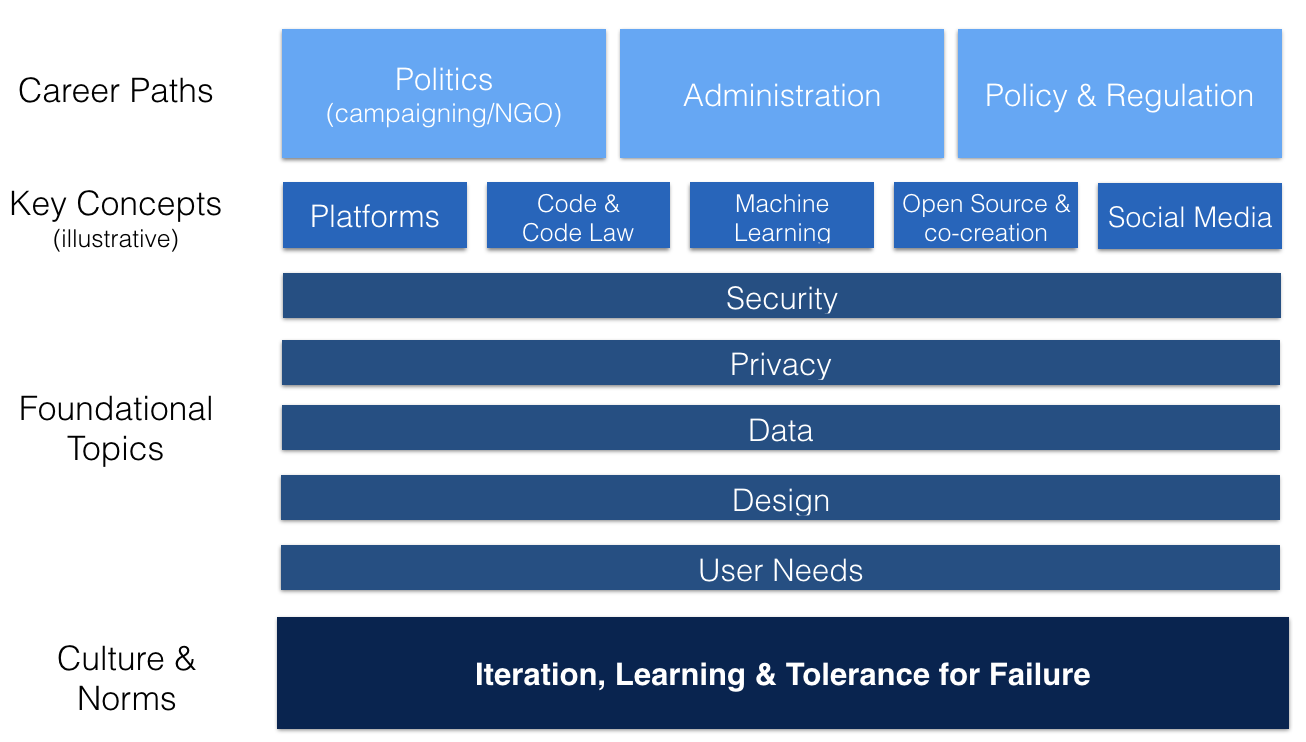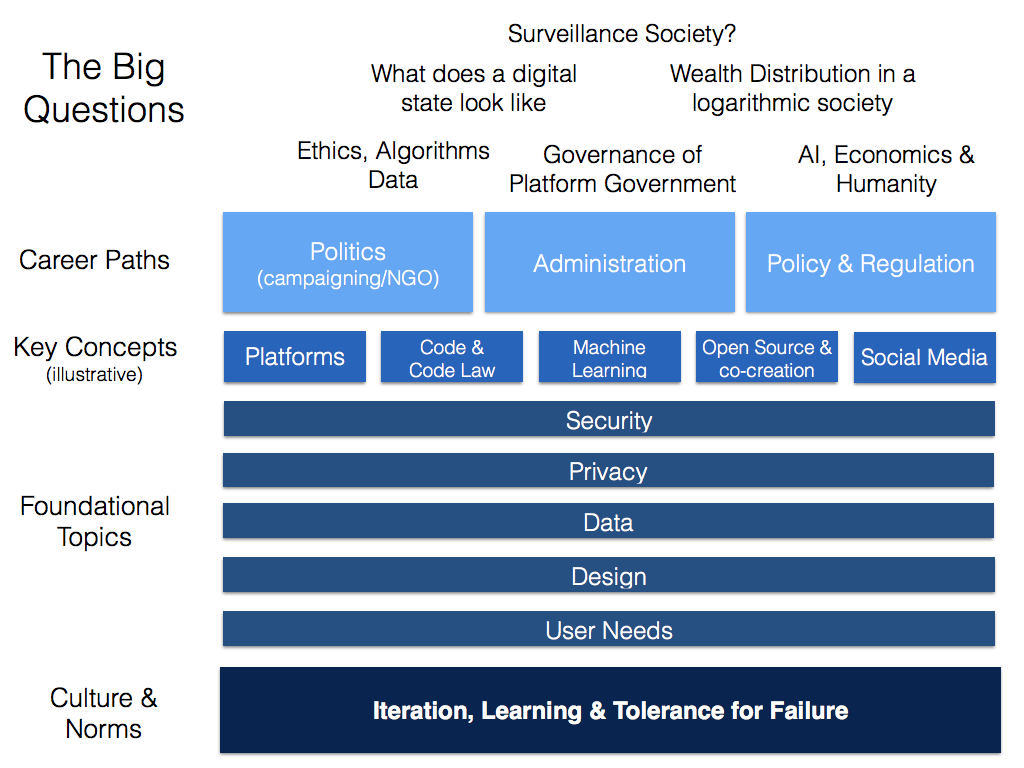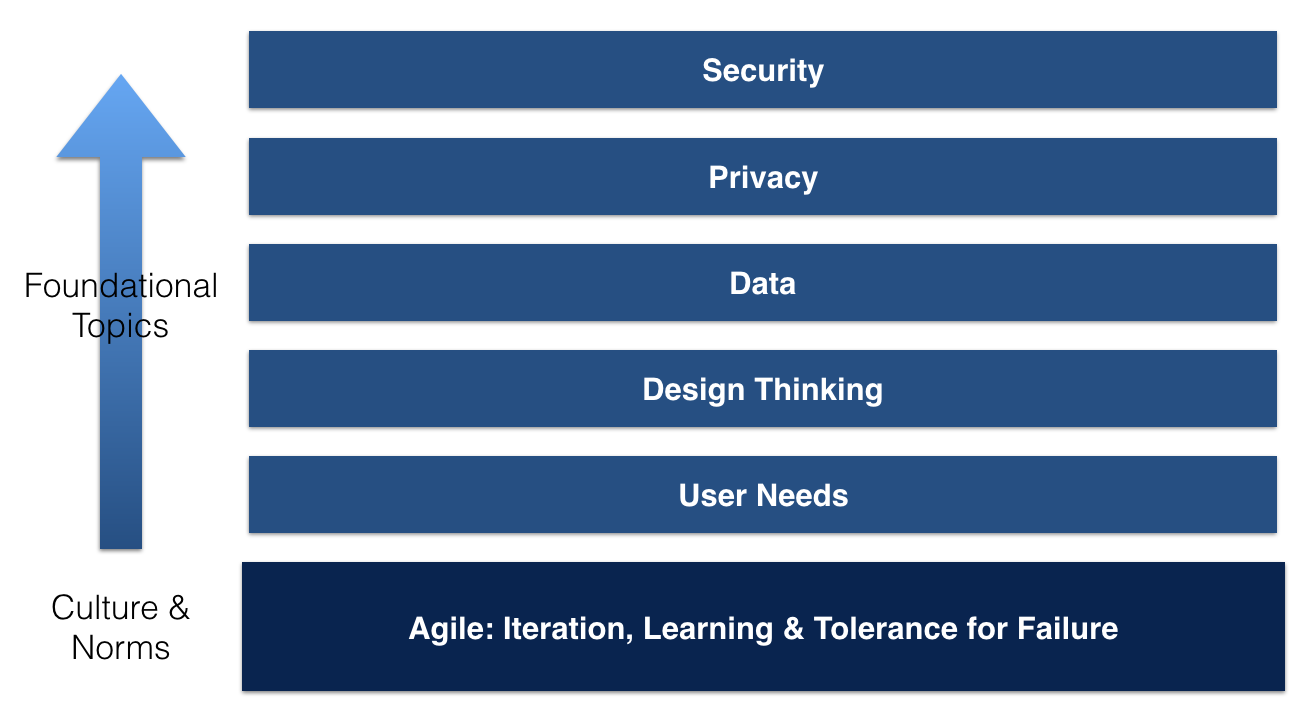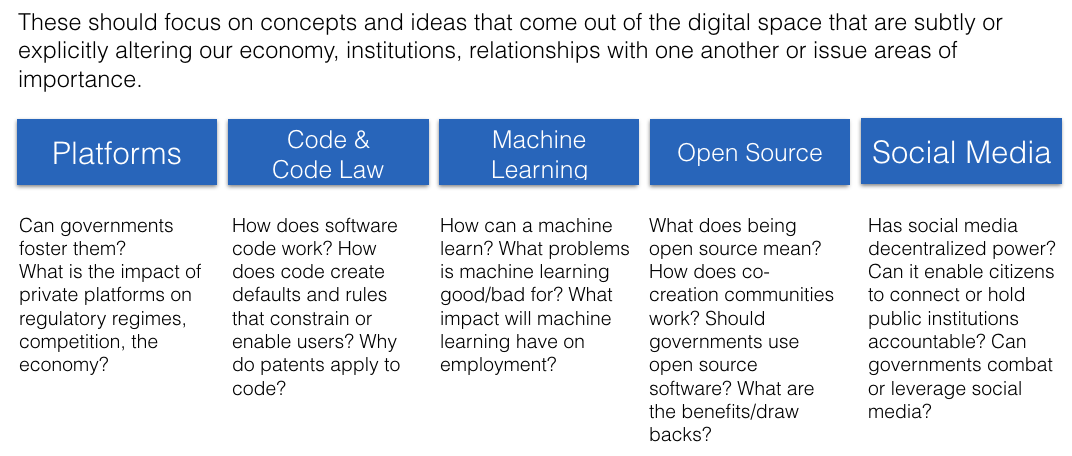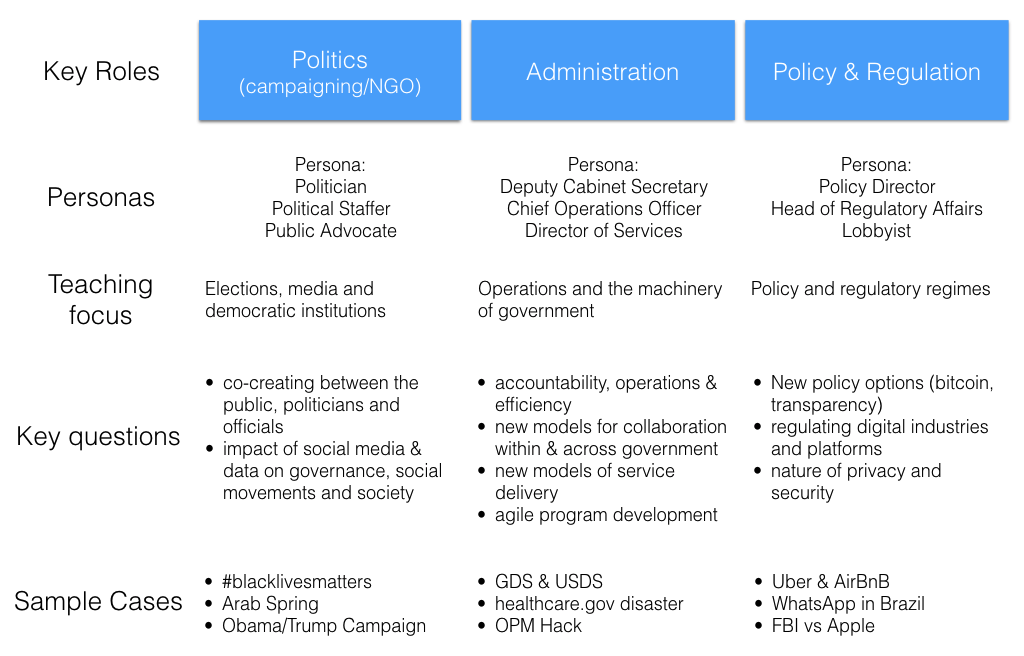A trailblazer who eschewed politics, identity and recognition in favour of a tenacious pursuit of life’s secrets

Like many women of her age, Dr. Connie Eaves’s career in science was filled with barriers— some that come with the discipline, others of her era. In 1970, when she first walked into her post-doctoral supervisor’s office, a large bump highlighting what would turn out to be her first of four children, her appointed supervisor glanced at her midsection, stood up and walked out without a word. Twenty minutes would pass as she sat, alone, in that office, a little confused, before a new gentleman walked in and announced that he would now be her supervisor.
If it fazed her, she did not show it. Nor did she show it when the institute failed to invite her to their annual retreat. Nor when they tried to bury her in so much reading and assessment they thought it would cause her to resign. These trials failed to take into account the brute strength with which she could tackle any problem: this was a woman who in her 70s, once complained how it had become harder to pull all-nighters in order to finish a grant proposal. Regardless, she felt these tests had made her stronger. Whether fair or not, the work further filled her first rate mind with the knowledge of previous and fellow scientists. She came to command – more than many – a genealogic tree of knowledge.
Despite the obstacles she faced, she never saw herself as a trailblazing female scientist—and certainly not as a role model. Those would be distractions from the business of getting research done.
Initially, she wanted to be a doctor. However, the low acceptance rates for women into medical schools, and the culture that fostered, caused her to look elsewhere. Basic science seemed promising: here was a place where she could uncover something no one yet knew. But equally important, the ideal of the scientific process offered a form of meritocracy— inquiry, data, experimentation and replication— that might make it harder, though not impossible, to ignore the contributions of a woman.
Science offered a world simultaneously grounded in fact and debate. It was definitely far removed from politics, of which she loathed both the big “p” and small “p” types. In her childhood, her father, a Jewish mathematician, had been arrested and held for espionage – not only wrongly but illegally – during the red scare of the 1950s. And the university he had belonged to – her alma mater – had not supported him. That was enough to make that world less appealing, maybe even scary. A lab, a microscope, and science: these offered a safe haven.
Pushing back the boundaries of knowledge through science became her passion. And passionate she was. After completing her post doctoral studies, she moved to British Columbia and co-founded the Terry Fox laboratory with her close collaborator and eventual lifemate. Here she made a name for herself as a tenacious researcher and author. She became particularly well known for her work on hematopoietic, mammary and cancer stem cells and a prolific publisher – always essential in academia – with well over 500 papers to her name. But it was her work on creating methods that came to be the gold standard for quantifying and characterizing distinct types of primitive blood and mammary cell precursors; this work gained Connie the most attention, and ultimately led to her induction into the Royal Society and numerous awards.
The awards surprised her, and she was grateful. But she didn’t ascribe them too much meaning. “A single person can lead, but it takes a community to make a significant advance” she once said in an interview. Building a family – both at home and in her laboratory – that shared her passion for science and excellence was far more important to her. In one of her last meetings with students she commented, “Biology limits the number of maternal children you can have, but there are far fewer limits to how many scientific children you can have.”
Among her “maternal” and scientific children she was loved, admired and occasionally feared. At work, she would sit in on presentations, editing a paper (she was forever editing papers, at work, home, or on vacation), then casually look up and pose a question that cut to, and sometimes tore apart, the entire premise of the presenter’s thesis. It could be devastating—but it wasn’t personal. Never personal. It was about helping them, and the broader family she was fostering, learn how to better find and communicate knowledge.
It was far worse if she didn’t engage. Her harshest judgement – long before Logan Roy uttered the words – was to pronounce someone “not a serious person.” To engage you in debate was the highest form of praise, and sometimes even love, that she could show. Even when tough, or painful, it signalled that you mattered. Your ideas mattered. You were a serious person. If the conversation culminated in a devastating blow that meant you had to restart your work… that was all part of the scientific process.
Because she took her role as mentor seriously, trainees – hundreds of them – came from around the world for the opportunity to have her debate, challenge and edit their work. Trainees recount that initial meetings with Connie included a prediction: within three years, they would be back in her office, crying in frustration. She said this not because she wanted them to cry, but to prepare them. Science is hard. She had learned not to let the challenges, fair and unfair, faze her. Her prediction was a warning, but it was also a signal: that when the moment came, she would be present to help and mentor you, to help you learn to navigate the challenges. That was what she thought family – and especially a scientific family – was for.
And she was present: working, supporting and nurturing that family until near the end. She stayed on zoom calls and edited manuscripts even as she grew smaller and weaker, her seemingly unending energy and drive whittled down by a variant of the disease she spent her life examining.
I shared my mother. She was as much a parent to the family of scientists she helped raise as she was to her maternal children. When asked about her successes, she opined: “If I look back on my own career, I think some of the proudest moments are watching the successful defenses of every PhD I have ever trained as a supervisor.” Maybe nothing fazed her, and rarely was she overtly sentimental or emotional, but there was never any doubt that love and family were at the heart of her approach to science and life. And there was a lot of love. More than enough to go around.
Dr. Constance (Connie) Jean Eaves died peacefully after several years of battling cancer on Thursday March 7th, 2024. She is survived by her husband Dr. Allen Eaves, and children: Neil Gregory-Eaves, Dr. Rene Gregory-Eaves, David Eaves and Sara Terry (nee Eaves) along with 11 grandchildren. A Celebration of Life is planned for the spring. In lieu of flowers, please send donations to the BC Cancer Foundation.
**Anyone who belives I write well (a debatable assertion)… My mother spent many an hour commenting and editing on my work throughout my life. When I was young it was… not always appreciated, but I came to learn what an unfair advantage it was. Any muscle I might have developed in this regard was in large part a gift she gave me.
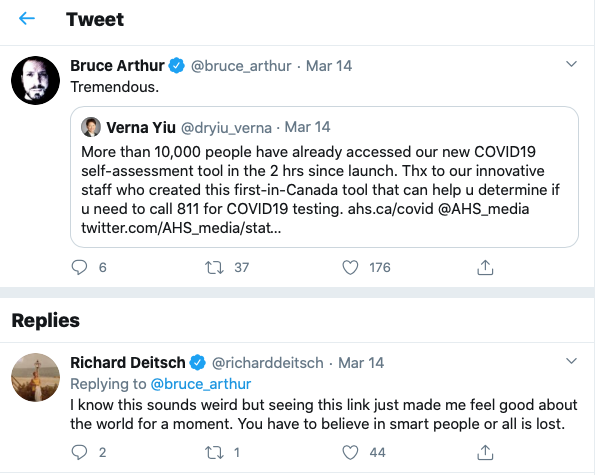
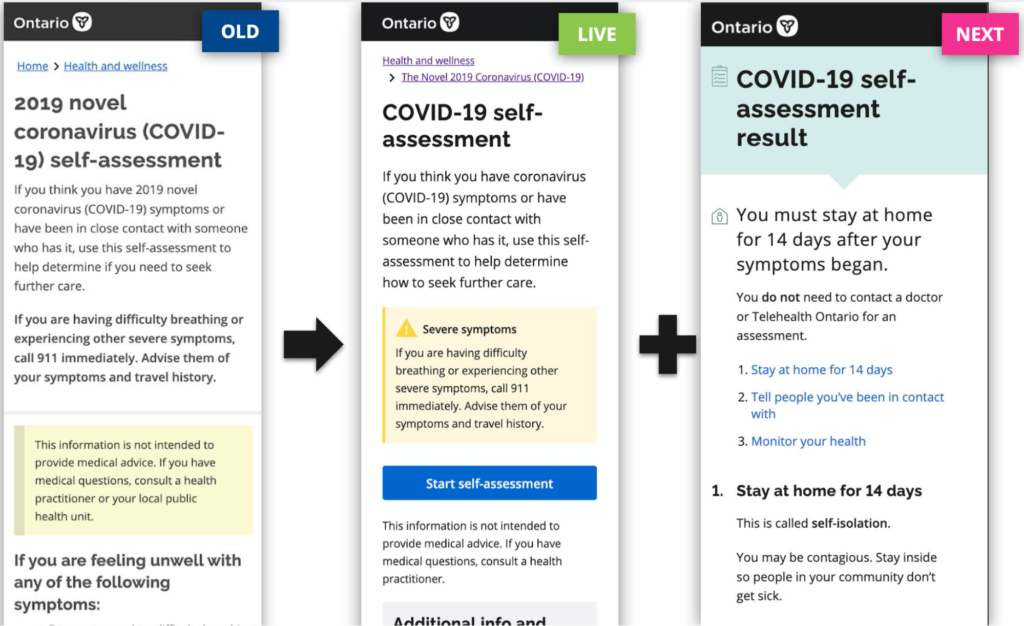


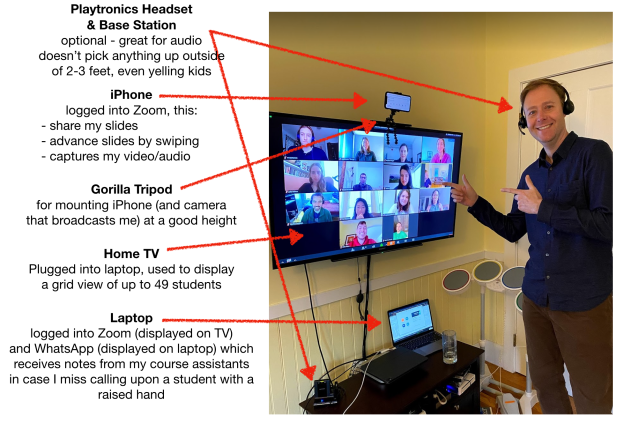
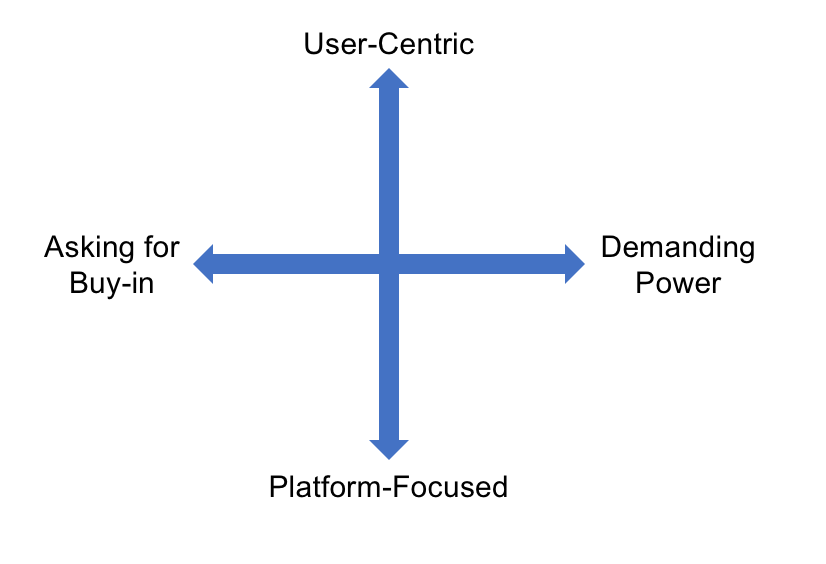 Plotting digital services on this matrix could help identify shared theories of change and approaches
Plotting digital services on this matrix could help identify shared theories of change and approaches
